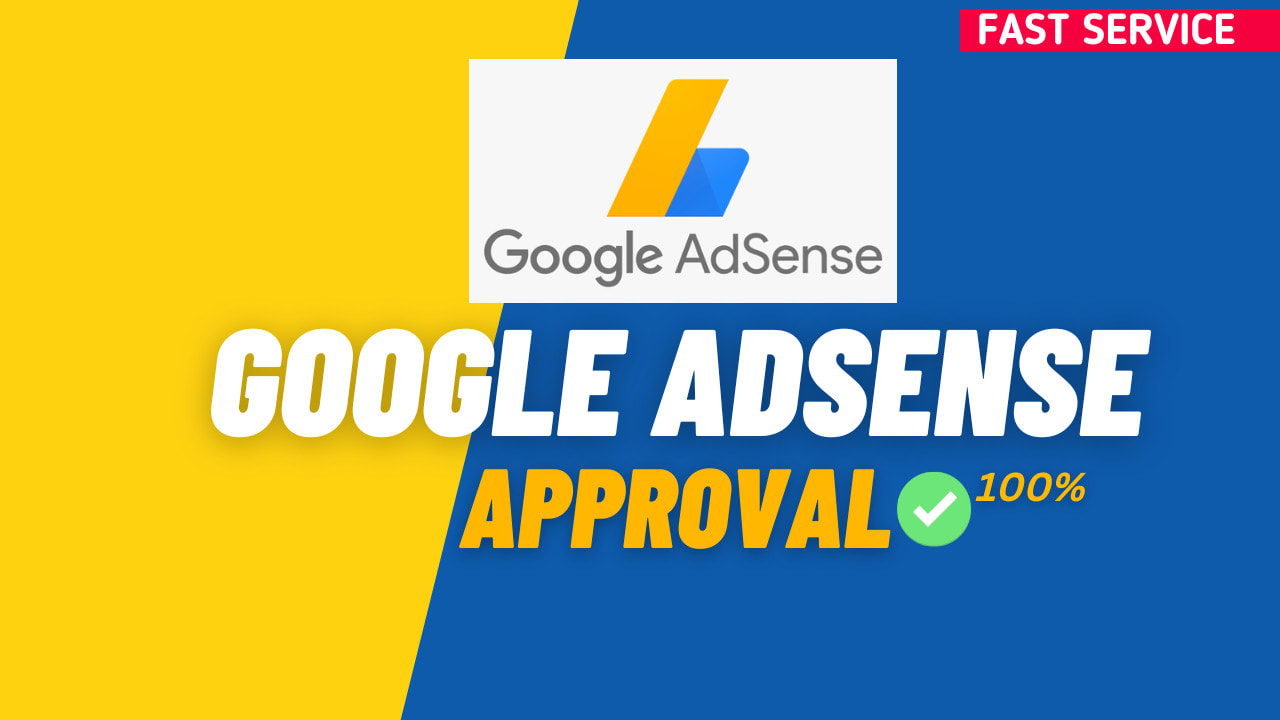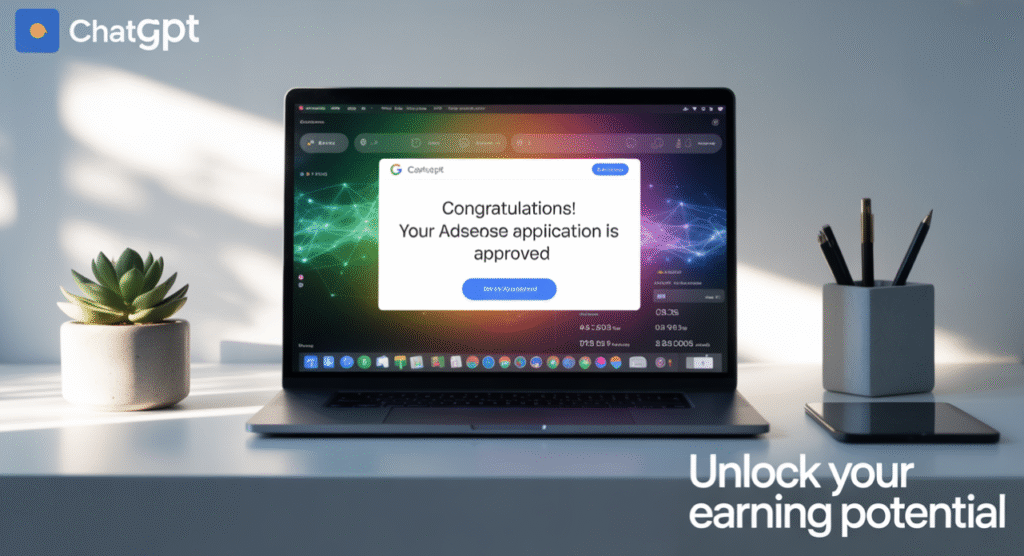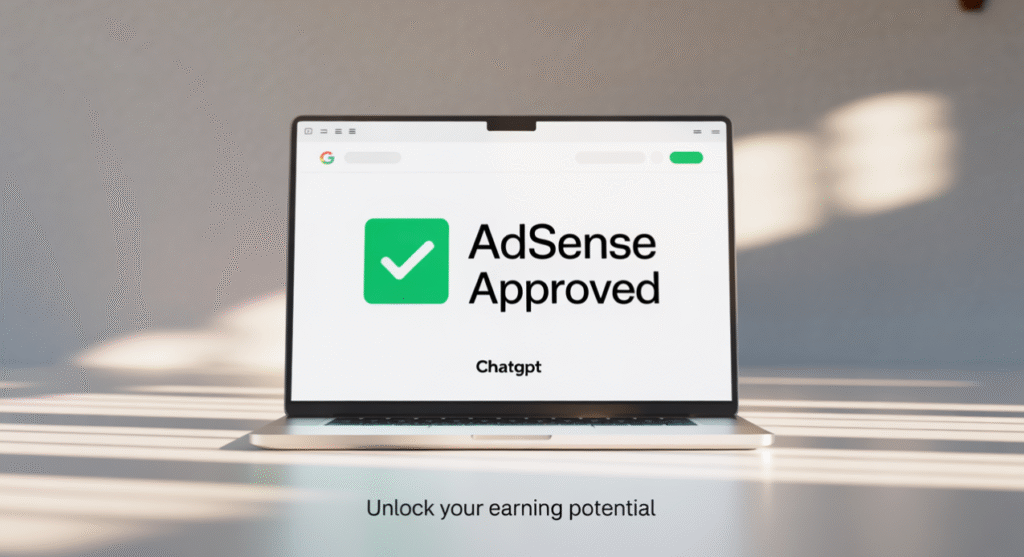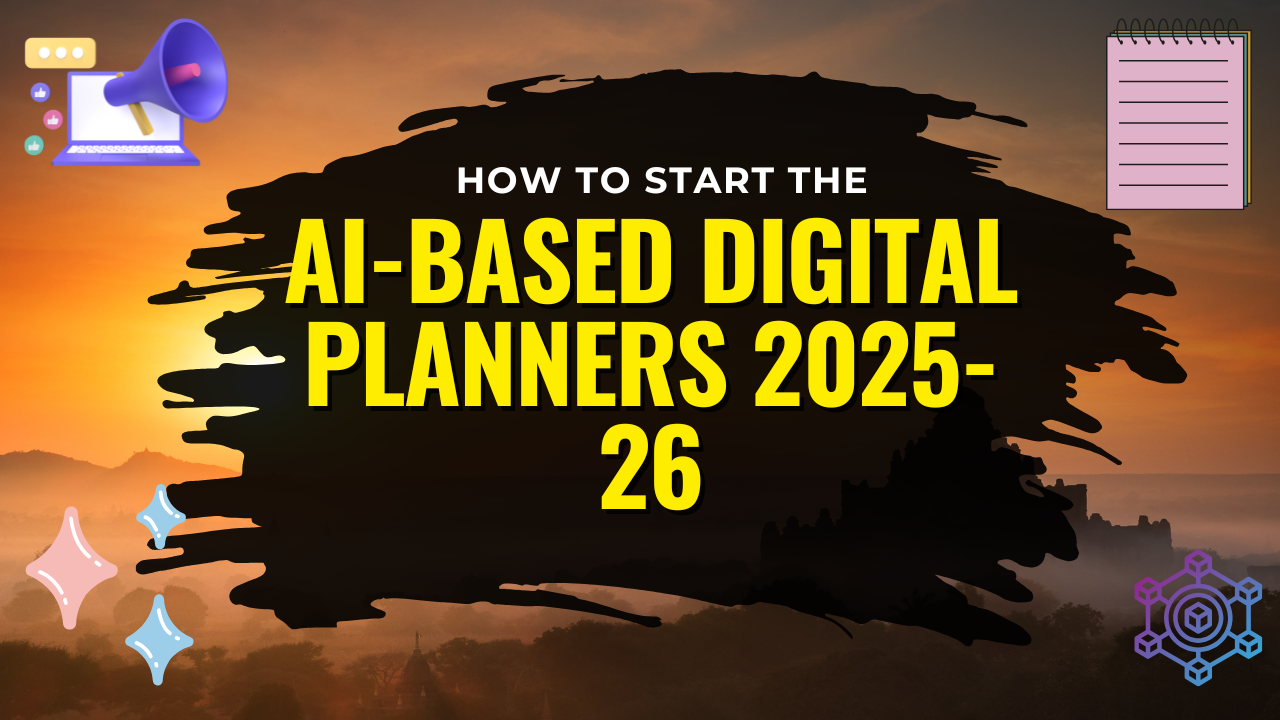
Getting AdSense Approval for ChatGPT Generated Blog Posts
Introduction:
The AdSense Dream vs. The AI Reality
today i am going to tell you how to get AI-Writen content approved by Google Adsense Step by Step Guide .the easy way Let’s be real. You started using ChatGPT for blogging because it’s a miracle. The speed! The ideas! You probably pictured a sleek, monetized blog, earning money on autopilot. Then came the AdSense rejection email. Ouch. I’ve been there. That “thin content” or “low value” message can feel like a personal attack after all that work.Here’s the cold hard truth Google won’t tell you: They don’t hate AI; they hate laziness. A wall of bland, generic text spit out by a robot with zero personal touch? Yeah, that’s not going to fly. But what if I told you the problem isn’t ChatGPT itself, but how you’re using it?Think of ChatGPT not as the author, but as the most overqualified intern you’ve ever hired. This guide is your playbook for becoming the editor-in-chief your blog needs. We’re going to cover a real monetization strategy for ChatGPT-written articles that adds what only you can: experience, personality, and real value. Ready to get approved? Let’s get started.
Finding Goldmine Topics with ChatGPT
You can’t build a house on sand, and you can’t build an AdSense-approved blog on weak topics. This is where most AI blogs fail first. They chase random keywords without a strategy. The goal? To discover AdSense-friendly topics that attract both readers and high-paying ads.
ChatGPT Keyword Research for AdSense-Friendly Topics Discovery
Forget just asking for “blog post ideas.” You need to be strategic. AdSense loves content that answers commercial queries—think “best,” “review,” “how to choose,” etc. These topics attract users ready to take action, which advertisers love.
My go-to prompt looks something like this:
“Act as an expert SEO content strategist. My niche is [Sustainable Gardening for Beginners]. Generate a list of 10 long-tail keyword ideas for blog posts that have high commercial intent. The goal is to get Google AdSense approval, so the topics should be valuable, solve a problem, and likely attract display ads for gardening tools, seeds, or books.”
Why this prompt works? It gives ChatGPT a clear role, a specific niche, and a direct goal. The results are instantly more targeted.

Planning for Traffic and Revenue
Once you have a list of solid keywords, use ChatGPT to group them into content clusters. This means creating a pillar post on a broad topic (e.g., “The Complete Guide to Composting”) and several supporting articles on related long-tail keywords (e.g., “best kitchen compost bins,” “how to fix a smelly compost pile,” “composting with worms for beginners”).
This does two things:
- It signals to Google that your site is an authority on the topic.
- It creates an internal linking structure that keeps readers on your site longer. And more engaged traffic? That’s a green flag for AdSense.
The Step-by-Step Process for ChatGPT-Written Articles AdSense Monetization
Let’s walk through the process I use for every single post on my own now-approved blog.
1. Command the Outline:
Don’t just ask for a list. Demand a structure.
- My Prompt: “Create a detailed, SEO-optimized outline for a blog post titled ‘Best Soil Mixtures for Growing Tomatoes in Pots.’ The audience is beginners. Include an engaging introduction, at least four H2 sections, multiple H3 sub-sections under each, and a conclusion that encourages engagement. Suggest where to add bulleted lists or data tables.”
This gives me a solid skeleton. But I always tweak it. Maybe I’ll swap the order of sections or add a sub-heading based on a problem I personally faced. That’s the first touch of “experience.”
2. Draft with Direction:
Now, I flesh out the outline, one section at a time. This prevents the AI from going off the rails.
- My Prompt: “Write approximately 300 words for the H2 section ‘The Importance of Drainage in Potting Soil.’ Explain why it’s critical for tomato health, what happens without it (use a relatable analogy), and list the key components that improve drainage.”
The result is a good draft. But it’s not done. Not even close.
3. The 30% Human Edit (This is Non-Negotiable):
This is where the magic happens. I read through the generated text and ask myself:
- Can I add a personal story? “I remember my first tomato plant drowned because I used dense garden soil. The leaves turned yellow—it was a heartbreaking sight!” See? Instant connection.
- Can I challenge the AI? Maybe ChatGPT says “use perlite.” I can add, “While perlite is great, I’ve found that coarse sand works almost as well and is cheaper, which is a big deal for beginners on a budget.” That’s expertise.
- Is the tone too robotic? I break long sentences. I add contractions (don’t, won’t, it’s). I ask the reader questions: “Ever notice how water sits on top of some soil? That’s what we want to avoid.”
- Are there claims that need backing? I’ll add a link to a university agricultural extension page or a study about tomato root systems. This builds trust.
- This process transforms a generic AI draft into a ChatGPT SEO-optimized article that has a real voice and real value. It’s the difference between a Wikipedia summary and a helpful guide from a friend who’s been there.

The Pre-Flight Checklist: Don’t Get Grounded by Simple Mistakes
You’ve published 20-30 fantastic articles. Time to apply? Almost. Let’s make sure your blog itself screams “professional.”Building Trust with E-E-A-TGoogle needs to know you’re a real person running a legitimate site. Your “About Me” page is arguably more important than your articles at this stage. Seriously.I used ChatGPT to brainstorm what to include, but I wrote every word myself. I talked about my journey, my mistakes, and my passion for helping others. I added a real photo of myself! Don’t hide behind a logo. A generic “Welcome to my blog” page is a huge red flag. Your “Privacy Policy,” “Terms of Service,” and “Contact” pages also need to be in place. They’re boring, but they’re essential for showing you’re serious.
Stop by and i’ll tell you ow to make money with AI.to see my other blogs,visit this blog of Mine Here This Link https://earnaidesk.com/how-to-use-ai-bots-in-play-to-earn-games-for-passive-income/

Technical Setup to Monetize ChatGPT Blog Traffic Through Google Ads
This stuff is less fun than writing, but it’s critical. I’ll be blunt: if your site looks like it’s from 2005 and takes 10 seconds to load, no amount of great content will save you.
- SSL Certificate: That little padlock in the address bar? Non-negotiable. Most hosting providers offer it for free now.
- Mobile-Friendly: Over half of all web traffic is mobile. If your site is hard to read on a phone, you’re sunk. Use a modern, responsive theme (like GeneratePress or Kadence, which I use).
- Speed: Use Google’s PageSpeed Insights tool. A slow site hurts your user experience and your search rankings.
Getting these technical elements right is the final step in building a platform ready to monetize ChatGPT blog traffic through Google Ads. It tells Google you’re playing for keeps.
Hitting Submit and What Comes Next
When to Finally Apply for AdSense
There’s no magic number, but the consensus is 25-30 quality posts. But “quality” is the key word. I waited until I had over 30 posts and a trickle of organic traffic (about 50 visitors a day). This showed the site was alive and starting to be recognized by Google. Patience is the hardest part, but applying too early is just asking for a rejection that you’ll have to appeal later.

What If You Get Rejected?
It happens. Don’t panic. Google usually gives a reason. If it’s “Not enough content,” you know what to do—keep publishing using our strategy. If it’s “Low value content,” it’s a sign you need to ramp up the “human edit” percentage. Go back to your older posts and enhance them with more personal stories, data, and depth.
Conclusion:
Look, getting AdSense approval for ChatGPT-generated content isn’t about tricking the system. It’s about using an incredible tool the right way. ChatGPT handles the heavy lifting of research and drafting, freeing you up to do what only you can: add the heart, the soul, and the real-world experience that makes content truly valuable. Here the web https://chatgpt.com/
This monetization strategy isn’t a quick fix. It’s a methodical approach to building a real asset. It’s about becoming a great editor, not just a prompt typist.
So, what’s your biggest hurdle with your ChatGPT blog? Is it the keyword research or the editing process? Share your thoughts in the comments below—let’s learn from each other’s journeys
ChatGPT & AdSense Approval FAQ
Answers to common questions about monetizing AI-generated content
While it’s technically possible, Google’s AdSense program has strict policies against auto-generated content. To get approved, you need to significantly edit, fact-check, and add value to ChatGPT’s output. The key is to demonstrate human oversight and expertise in your content.
There’s no official minimum, but most successful applications have at least 25-30 high-quality posts. More important than quantity is quality – your content should be original, valuable, and demonstrate expertise in your niche.
Follow these best practices: 1) Use ChatGPT as a research assistant, not the final author. 2) Add personal experiences and unique insights. 3) Fact-check all information. 4) Structure content with proper headings and formatting. 5) Include original images or examples. 6) Ensure content aligns with Google’s E-E-A-T principles.
Typically, Google reviews applications within 1-2 weeks. However, if your site needs improvements, the process can take longer. Some bloggers receive approval in just a few days, while others may need to apply multiple times over several months.
The top reasons include: thin or low-value content, duplicate content, insufficient original content, poor website design/navigation, lack of clear privacy policy and about pages, and not enough content overall. AI-generated content without significant human editing often falls into the “low-value” category.
Absolutely! ChatGPT is excellent for brainstorming content ideas and identifying potential keywords. However, you should always verify search volume and competition using dedicated SEO tools like Google Keyword Planner, SEMrush, or Ahrefs to ensure there’s actual traffic potential.
Create a content cluster strategy: develop pillar content on broad topics and supporting articles on specific subtopics. Ensure your site has essential pages (About, Contact, Privacy Policy, Disclaimer), uses a responsive design, loads quickly, and has clear navigation. This structure signals quality to both visitors and AdSense reviewers.



